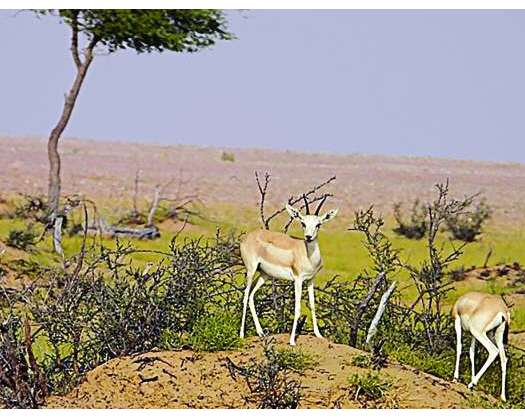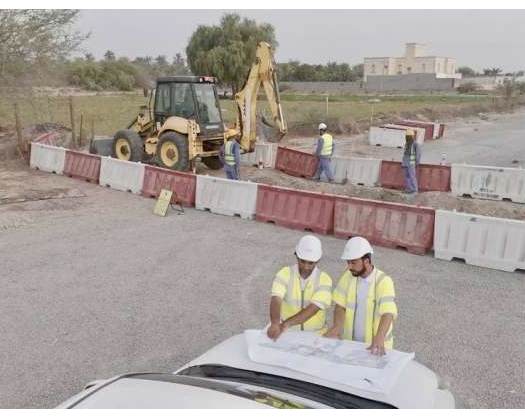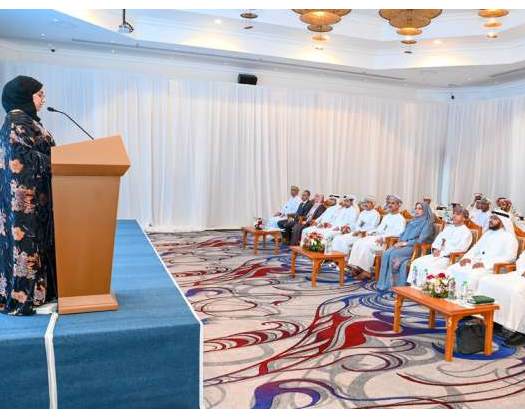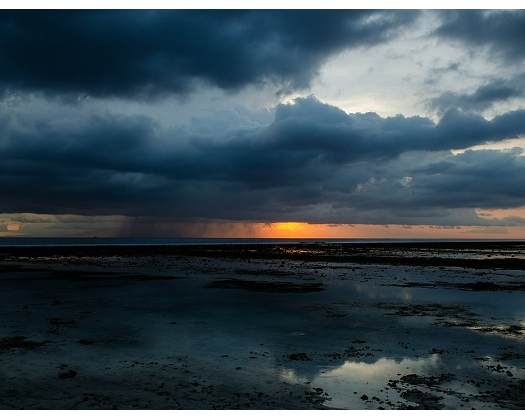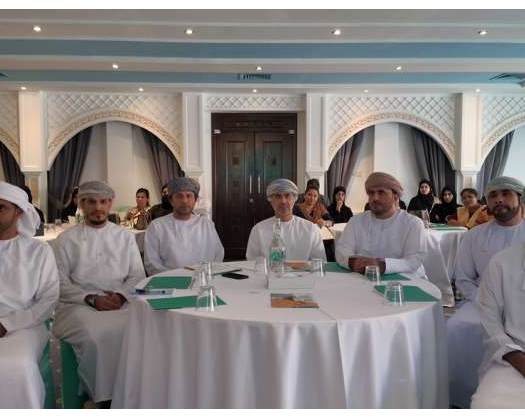Haima: Since the commencement of the year 2024, the Arabian Oryx Sanctuary within the Wilayat of Haima, Al Wusta Governorate, has welcomed over 1,300 visitors, thereby bolstering ecotourism and fostering a culture dedicated to the preservation of heritage and environmental treasures within the Sultanate of Oman.
Director of the Arabian Oryx Department, Sultan Mohammed Al Balushi, remarked, "The Arabian Oryx Reserve stands as a pivotal institution for wildlife conservation and serves as a catalyst for economic growth through the promotion of eco-tourism. It encompasses a significant area of 2,824 square kilometers, bordered by a rich diversity of natural landscapes."
He further elaborated on the reserve's ambitious initiatives, including a project aimed at planting 80,000 wild trees as part of a comprehensive plan to increase vegetation cover and rehabilitate natural habitats, thereby sustaining ecosystems. Additionally, the infrastructure of the reserve is being upgraded to enhance its appeal.
Al Balushi highlighted that the Arabian Oryx Sanctuary spans an extensive territory of 2,824 square kilometers, enveloped by a variety of wild environments. It currently houses approximately 900 Arabian Oryx, in conjunction with 1,240 sand gazelles and 160 Arabian gazelles. The sanctuary also accommodates the Nubian ibex, sand fox, striped hyena, wild rabbit, and honey badger, enriching the visitor experience and deepening their appreciation for the natural heritage of the Sultanate of Oman.
He explained that the reserve plays a crucial role in raising awareness about the ancient environmental and geological history of Oman, through its mini-exhibition. This exhibition features displays of photographs and brochures that illuminate the establishment and development of the reserve, reflecting the geological and cultural history of the region and its connection to the local community.
Al Balushi also noted the reserve's utilization of cutting-edge technologies, such as the installation of collars to track herds of Arabian oryx, Arabian gazelle, and sand gazelle, and to document their natural migration patterns. This technology aids in understanding their historical ranges and monitoring their natural habitats. In April, the reserve successfully released 50 sand gazelles, contributing to the sustainability of biodiversity in the region.

